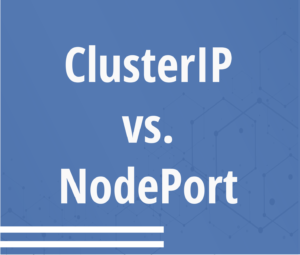Here’s an example of how to adopt DevOps approach in your development process.
Code your application
In this example we’ll use Flask to build a website and you can adopt this approach to any programming language
This app is simple Flask (video link bellow) with one route that returns index.html file.
Build your application
Once the current version is ready you can build the project, the pipeline should include build and tests.
If you’re using Static-typed language then you’ll need to compile the application before building the container image and then copy the artifact to the image.
For Dynamic-typed languages there no compile so it’s just building the container image using CI pipeline.
Deploy your application
To keep a software product updated and maintained, the deployment process should be on-demand and easy (click a button).
This code > test > deployment should be repeated for every code change.
What can be accomplished here?
By doing the work (coding) and implementing a deployment process the gap between development and production is resolved and the outcome is faster software delivery (CD) with reliable code (tests).
So DevOps is an approach and a way to build software.

